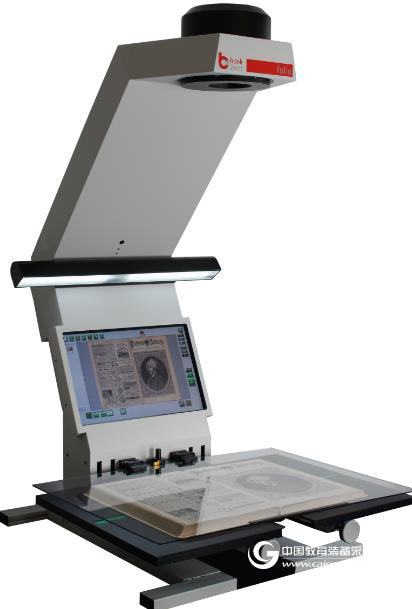Book scanner matrix CCD is especially important
Books and scanners CCD is especially important. Why do you say this? Matrix CCD technology is not only faster than linear CCD in speed, but also slightly superior in image processing for scanning results. CCD technology was developed by the United States in 1969. The earliest CCD designs developed by Bell Research were linearly arranged and the imaging quality was poor. In the 1980s, although CCD image sensors were flawed, high-resolution and high-quality CCDs were produced in the second half of the 1980s due to continuous research and difficulties. In the 1990s, a high-resolution CCD of megapixels was produced. At this time, the development of CCD has been advancing by leaps and bounds. It has been more than 20 years since the development of CCD.
The book scanner matrix CCD is particularly important. At present, the scanner market uses matrix CCDs, which are mainly divided into three types: small-area matrix CCD, RGB monochrome matrix CCD, and full-width true color matrix CCD.
1. Small-area matrix CCD: A frame needs to be scanned multiple times for software stitching. The error rate is high, and it is generally used in low-end book scanner products, such as the ps7000 and ps5000 series that Japan Konica failed to reach.
2, RGB monochrome matrix CCD: scanning color files need to be scanned multiple times to complete. Scanning speed is slow, generally used in low-end matrix book scanners, such as the French i2s book scanner.
3, full-width true color matrix CCD: full color point-to-point scanning technology, perfect image restoration. The scanning speed is fast, the color scanning takes only 0.3 seconds, and the full color processor is relatively expensive, and is generally applied to high-end non-contact scanning devices. For example, the German book2net book magazine volume scanner series.

Briefly introduce the Book2net non-contact book scanner without disassembly, the left and right lift table can be moved from 0-12cm, suitable for scanning books of various thicknesses, keeping the scanning platform in balance. True color matrix CCD, color point-to-point one-time scanning technology. The operation can be selected in any language, 300 million scan processors, long service life, Book2net industrial professional lens, depth of field up to 15cm.
LED cold light source illumination system, constant temperature, long life and good color reproduction. No infrared and ultraviolet radiation, safe and reliable. 19-inch touch screen, new touch and double-key technology, simple scanning process, readers can operate freely without professional training, quickly and easily obtain high-quality scanning effect, plug in the USB flash drive, you can save the scan results. Dual USB interfaces provide dual security and long-term reliability for trouble-free operation. Dual USB3.0 interface, convenient for data transmission, and prolonging the service life. Touch amplification effect realizes copyright protection intuitiveness by adding watermark, saving energy and saving cost.
A toilet is a piece of sanitary hardware that collects human urine and feces, and sometimes toilet paper, usually for disposal. Flush toilets use water, while dry or non-flush toilets do not. They can be designed for a sitting position popular in Europe and North America with a toilet seat, with additional considerations for those with disabilities, or for a squatting posture more popular in Asia (see squat toilet). In urban areas, flush toilets are usually connected to a sewer system that leads to septic tanks in isolated areas. The waste is known as blackwater and the combined effluent including other sources is sewage. Dry toilets are connected to a pit, removable container, composting chamber, or other storage and treatment device, including urine diversion with a urine-diverting toilet.
Flush toilets, portable toilet, camping toilet, public toilet, smart toilet, bathroom toilet, installing a toilet, squat toilet, luxury toilet
Zhejiang Yinglin Luggage Co. Ltd , https://www.yllcluggage.com